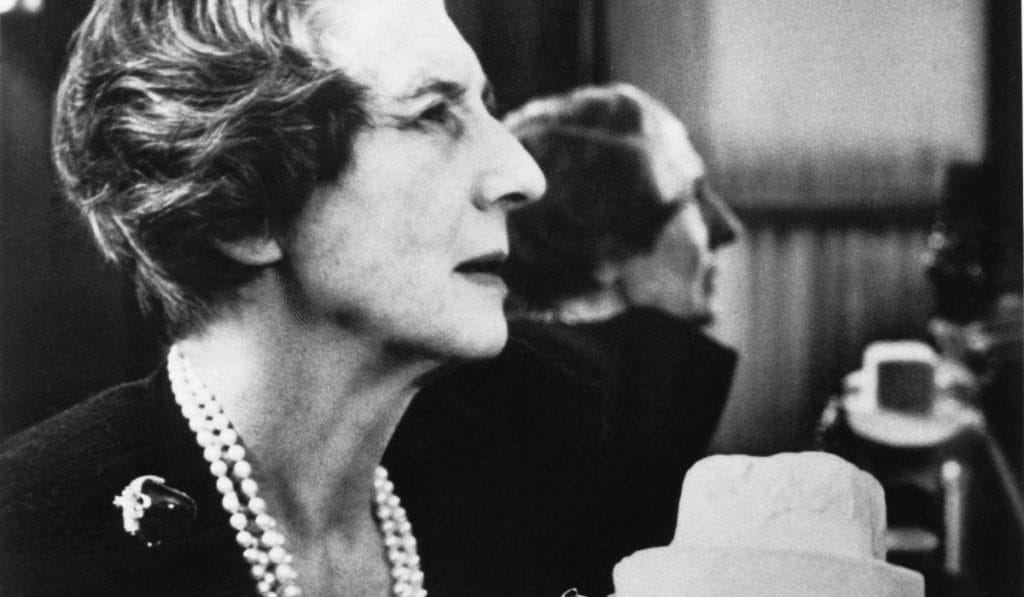Being one of the oldest designers of fine watches and jewellery in the world doesn’t automatically make you the most respected. But for Cartier, it is a combination of a heritage spanning back to 1847 and its commitment to quality and exquisite craftsmanship that has earned it the reverence of royal families and aristocracy worldwide. In a rare occurrence last September, Cartier featured, for the first time in Malaysia, 28 painstakingly preserved pieces from the Cartier archives at the La Panthère de Cartier exhibition. It was through these one-of-a-kind pieces that The Peak discovered why the then Prince of Wales, the future King Edward VIII, called Cartier a “Jeweller to kings and king of jewellers.â€
BUILDING BLOCKS
To understand how Cartier’s influence grew from Paris, where it was founded by Louis-François Cartier in 1847, to encompass the rest of the world, one need only look to the start of the 20th century. After setting up the ancestral home of Cartier on Rue de la Paix in Paris, the grandsons of Louis- François Cartier – Pierre, Louis and Jacques – were determined to build an empire with their sights firmly set abroad. In 1904, Pierre and Louis travelled to Russia, where they enchanted the royal family and Russian aristocracy. In 1909, Pierre then set up the branch in New York, where his clientele included rich industrialists from the finance sector and the very first stars of Broadway.

This necklace was a special order from Cartier Paris in 1935. It features fourteen oval star rubies, painstakingly sourced by the craftsmen so the size of each stone is relevant to the overall design.
Jacques, on the other hand, oversaw the Cartier store in London, where he kept himself busy with the pursuit of the most beautiful and unique gemstones. It was with this purpose that Jacques eventually found himself in India and, by the 1920s, the Indian princes had entrusted their collection of unmounted precious gems to Cartier. Some of the other clientele would include the Maharajas of Patiala and Nawanagar.
Inspired by the diversity of precious stones and the figurative motifs of India, Cartier experimented with different colour combinations for its jewellery – something quite unheard of at the time. The Hindu Necklace commissioned by society figure Daisy Fellowes is one such example. The style was known as Tutti Frutti and would go on to become one of the most prominent signatures of maison Cartier.
A TALE FOR THE AGES
Being suppliers to the rich and famous, and royalty, most of Cartier’s heritage pieces are laced with fascinating stories behind their creations. One such story is the Cartier jewellery collection that belonged to the Duke and Duchess of Windsor.

The Duchess of Windsor’s panther clip brooch with a Kashmir sapphire cabochon of more than 152-carats.
Before they were the Duke and Duchess of Windsor, they were King Edward VIII and Wallis Simpson. It was around the early 1930s when the then Prince of Wales met the American socialite and it is said that, from then on, Simpson’s jewellery became the talk of the town in London. According to the New York Times Magazine, Marie Belloc Lowndes, a diarist of the day, commented that Mrs Simpson must be wearing “dressmakers’ jewels,†since no one could possibly afford stones so large. However, they would soon find out that the emeralds, diamonds and sapphires that Simpson wore were undoubtedly genuine and most had come from Edward VIII, who was obsessed with jewellery and fashion.
When the Prince of Wales succeeded the throne to become King, he was faced with a dilemma regarding the love of his life. Simpson had already divorced twice and, because divorce was opposed by the Church of England, the people of the United Kingdom would never have accepted Simpson as Queen. Thus, faced with this predicament, Edward VIII chose to abdicate the throne to marry Simpson. Shortly after this, in December 1936, he was made Duke of Windsor by his brother George VI.

Jeanne Toussaint
ELEGANTLY WILD
After marriage, the Duke and Duchess of Windsor continued to commission stunning pieces of jewellery from Cartier. Pieces like a Panther clip brooch – a massive 152.35-carat Kashmir sapphire cabochon held by a panther crafted from white gold and single cut diamonds. Many of these pieces were made in collaboration with yet another historic name in the Cartier archives, Jeanne Toussaint.

The cigarette case belonged to Jeanne Toussaint herself, specially ordered in 1925 long before she was the head of Cartier’s fine jewellery.
Toussaint worked closely with Louis Cartier and, through a combination of feminine elegance, independence and free-thinking temperament, earned the nickname La Panthère. Even though the Panther motif first appeared on a wristwatch as early as 1914, it wasn’t until Toussaint became the director of Cartier’s luxury jewellery department in 1933 that the it would became the signature animal of maison Cartier. From brooches to bracelets and necklaces, Cartier was the first jeweller to explore femininity through the panther. Even to this day, the Panther remains one of the most distinguishable signatures of Cartier, propelling the legacy of Louis-François Cartier well into the future.



